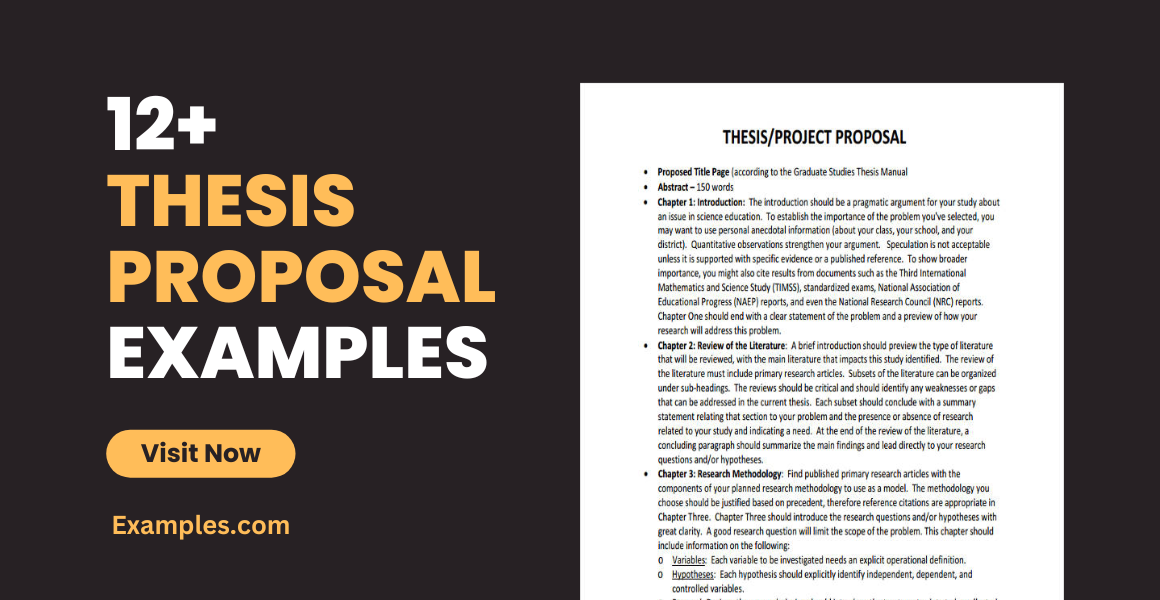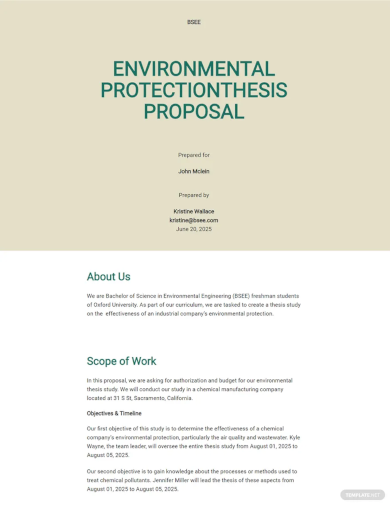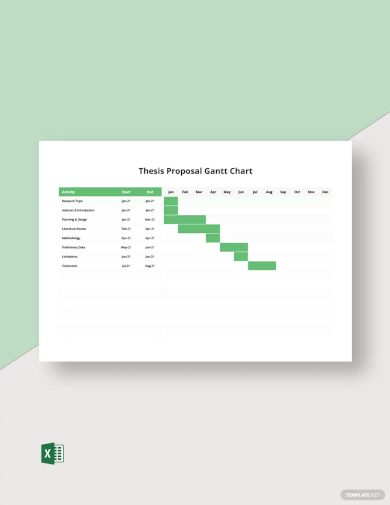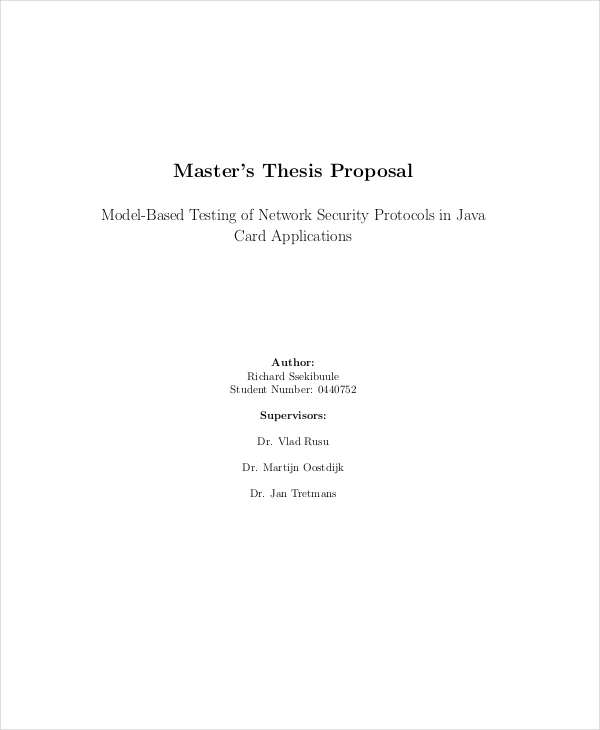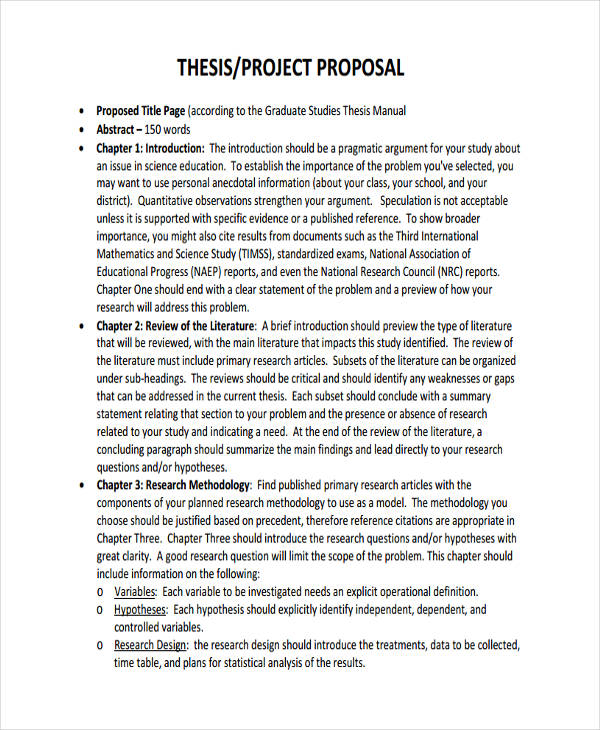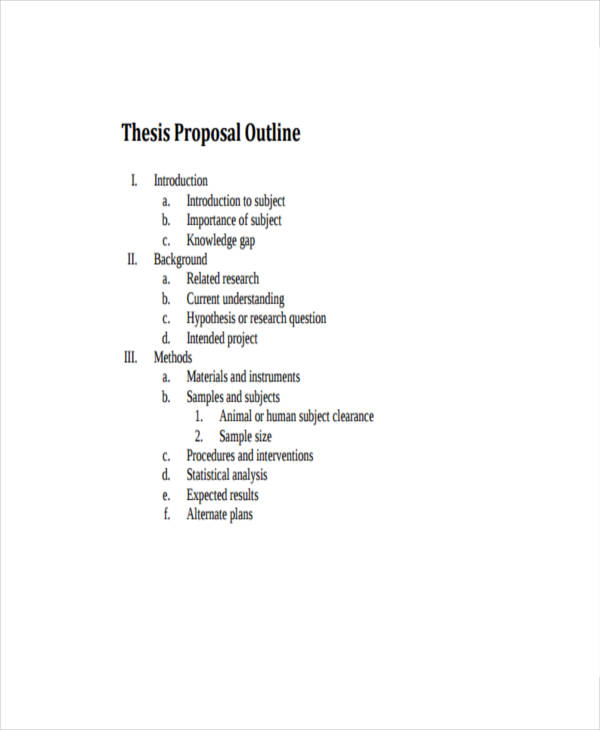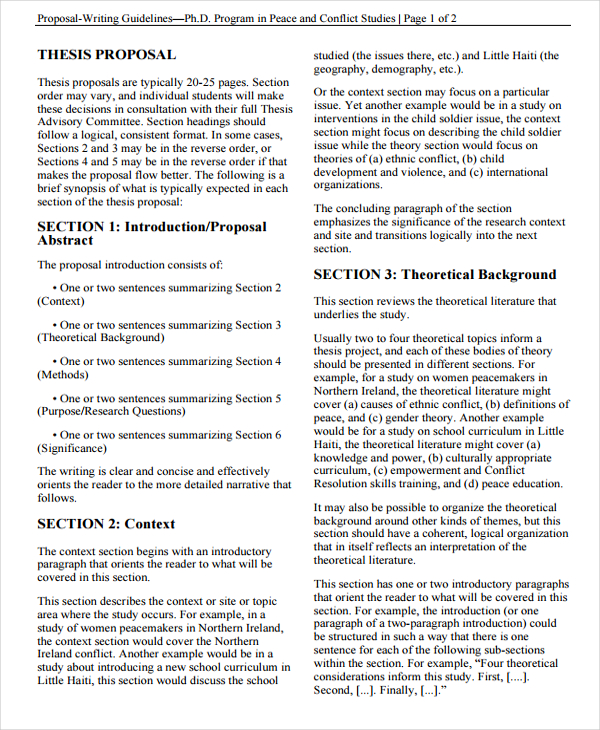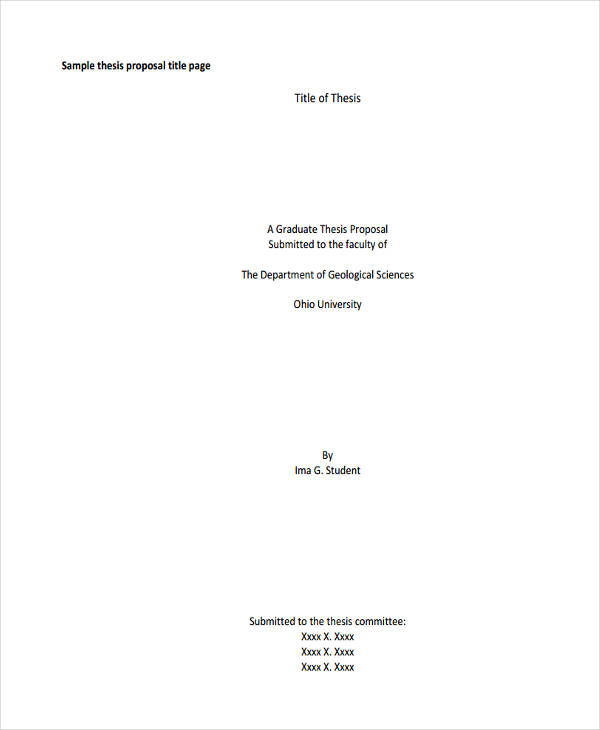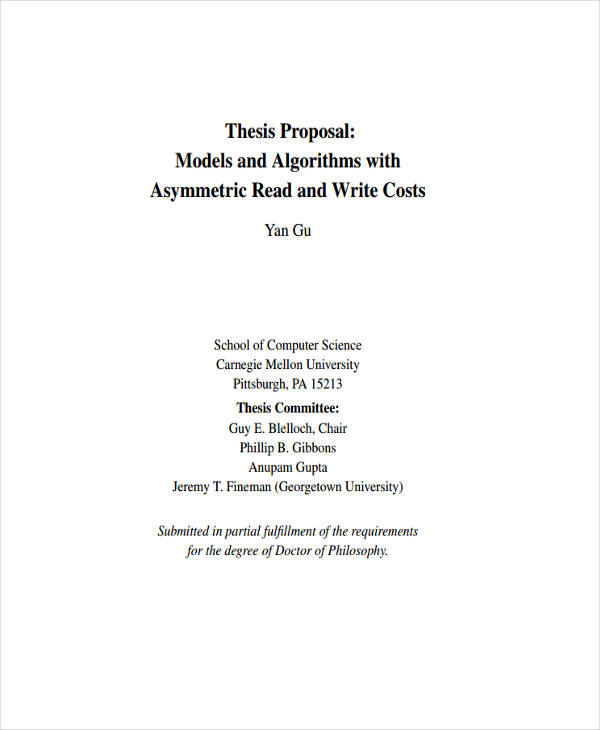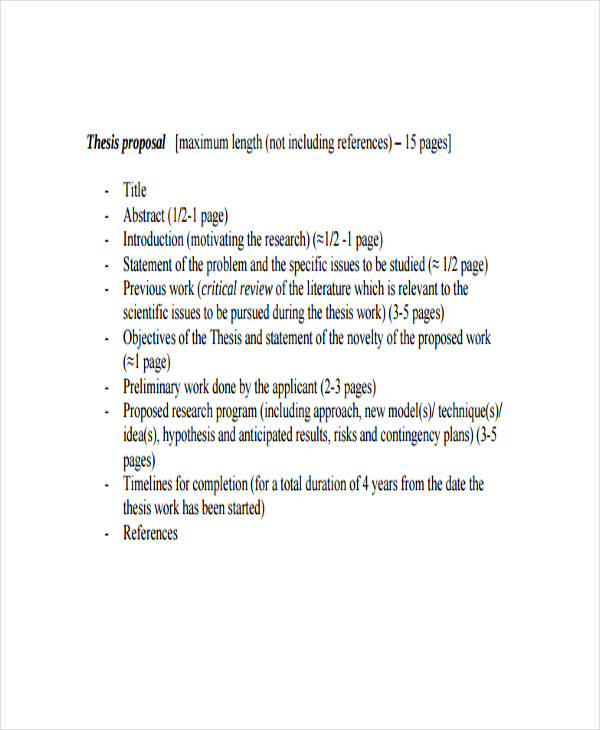12+ Thesis Proposal Examples to Download
A thesis proposal is an academic paper which is used to present the research topic or subject of study. Just like business proposal examples & samples, thesis proposals are supposed to be precise, direct to the point and specific. It is important for a thesis proposal to be well thought of as it can showcase the relevance of the study to the field that the researchers are immersed in.
It is highly suggested for you to develop short proposal examples & samples as unnecessary information within a lengthy proposal can only defeat the purpose of precisely specifying your research subject. If you do not know what Is in a design proposal or a research proposal, it is important for you to refer to samples and templates that will allow you to properly list down the information that you need to include in the proposal that you will make.
Thesis Proposal Example
Thesis Proposal Template
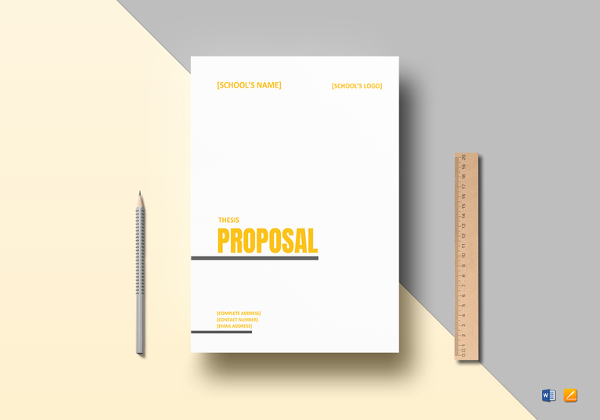
Thesis Proposal Template
Thesis Proposal Gantt Chart Template
Masters Thesis Proposal Example
Thesis Project Proposal
Why Do You Need a Thesis Proposal?
A thesis proposal is more thorough compared to sponsorship proposal examples as it is used in the academe and can be used for a long period of time as a reference. A thesis proposal is important to be created as it is a way for the people who will assess your research topic or subject to understand how you would like your study to further develop.
There are particular reasons why a thesis proposal is important to be made aside from the fact that it is mostly included in the requirements of making a research paper. Some of the purposes of developing a thesis proposal include the following:
1. Developing a thesis proposal can specify the steps and processes that you will follow to ensure that your study will be well-guided and organized. This can be compared to the purpose of creating policy proposal examples & samples.
2. Creating a thesis proposal can showcase the research and analysis methods that you will use to objectively and precisely identify results that are relevant to the study.
3. Making a thesis proposal can help you identify the problem that you would like to give a solution to through your research study. If you are already know how to develop grant proposal, problem specification is also one of the initial steps that you need to do.
Thesis Proposal Outline
Architectural Sample Proposal
How to Make a Thesis Proposal
Other than knowing How to Prepare a Need Statement for Your Grant Proposal, there are still other proposal writing activities that can help you further develop your knowledge about creating proposal. One of which is the creation of a thesis proposal. Just like Project Proposal Examples and Investment Proposal Examples , a thesis proposal should also be created in an organized and formatted manner. Here is how you can come up with an outstanding thesis proposal:
1. Create a draft or an outline that can help the entire process of thesis proposal development more organized.
2. Identify the method that you will use within the research study
3. Identify all the elements and factors that you will use as your research study data as well as their relation and relevance to one another
4. Collate all the data that you need to present which include figures, graphs, tables, and their captions or specifications.
5. Develop an attention-grabbing abstract document and introduction as well as a comprehensive bibliography.
6. Refer to templates that can help you put together all the information that your thesis proposal is expected to have.
PHD Thesis Proposal
Thesis Title Proposal
Bachelor Thesis Proposal Example
What Should Be in a Thesis Proposal?
For a thesis proposal to be fully effective, it needs to be complete. This goes not only for thesis proposal but also for Fundraising Proposal Examples & Samples and other kinds of business proposals. People who will review your thesis proposal does not need to know How to Write a Request for Proposal as this is not needed for this particular undertaking. This is the reason why you have to make sure that your thesis proposal contains all the items that are usually expected to be included in the document.
All the information should be presented accordingly so that your target audience can easily understand the flow of your discussion. You can refer to Free Proposal Examples & Samples to know more information about the content of basic thesis proposals. Listed below are the details that you should never forget to include in a thesis proposal:
1. A precise and specific title page and abstract statement
2. A list of the content that can be found in the thesis proposal
3. A brief introduction and a thesis statement
4. A discussion of the research methods that you have used
5. A time table that can present your work plan as well as the research’s implications
6. A list of the that sources that you have used as references.
Model Sample Proposal
Free Thesis Proposal
Thesis Degree Project Proposal
Tips When Making Thesis Proposals
There are some items that can help the task of developing a thesis proposal faster and easier. Listed below are some of the tips that can be useful in the process of making a thesis proposal.You may also see professional proposal examples & samples
1. Focus on the research topic that you will develop. This will help you effectively finish the document that you nee to present.You may also see how to write a proposal
2. Ensure that you will review the entire thesis proposal before submitting it. You have to come up not only with great content but also with an effective document structure and format. You may also see service proposal examples
3. Use a format that can present your proposal discussion effectively and efficiently. How you put all the elements of your thesis proposal matters a lot.You may also see research proposal templates.
4. Refer to Proposal Examples in PDF, Word and Excel as this can help you get more information about proposal development.
A thesis proposal, just like a Marketing Proposal and Service Proposal Examples, should always be reviewed and evaluated before actual usage. Develop a thesis proposal now and see how the downloadable samples in this post can help the process of creating one become more time and effort efficient.


